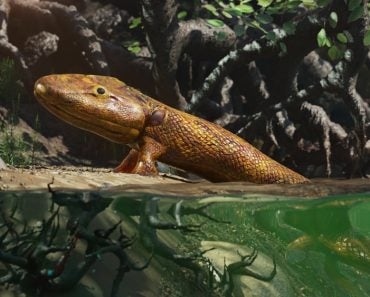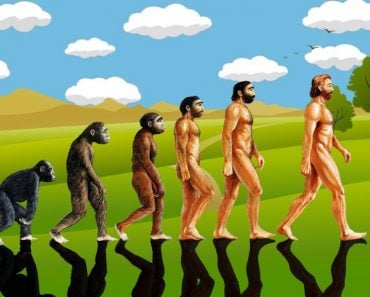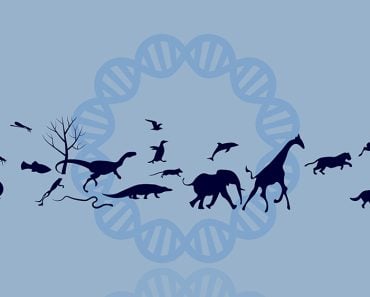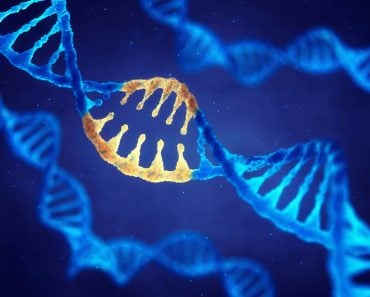Table of Contents (click to expand)
That would be almost impossible. First, humans would have to undergo some mutation that would give us wings. That mutation would be highly unlikely, considering our existing body physiology. Furthermore, flying isn’t of much evolutionary use to humans, so it is not a trait that would be selected for through natural selection.
As children, while watching the X-men movies, it’s hard not to be fascinated by their powers. Moreover, the movie is set in such a way that makes you believe such a species-level shift could happen in real life. It made it seem that mutants could be the next step in the evolution of man. Personally, I have always been fascinated by Archangel, the broody character who could fly anywhere he wanted. This led to a question… could we ever actually grow wings? There are a thousand mutants we could evolve to be, but let’s look at Archangel for this particular thought experiment.
First, we have to eliminate the misconception that such large-scale mutations could occur in a single generation. Mutations and adaptations happen over hundreds of thousands, if not millions of years. Now, let’s look at the scientific principles that could make it possible.
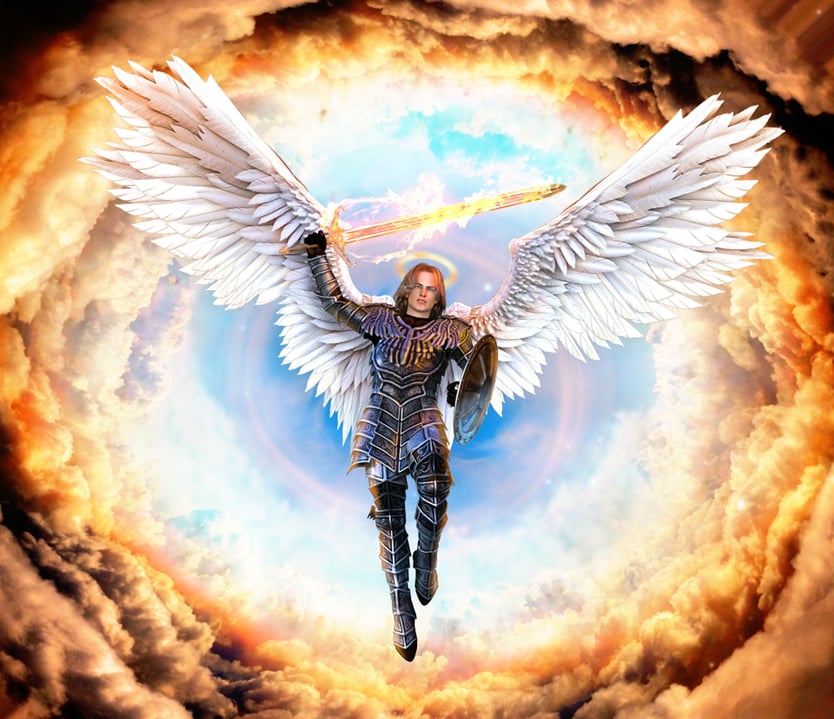
Recommended Video for you:
How Do Mutations Occur?
Before doing a deep dive, let’s establish some fundamentals. Firstly, a gene is an inheritable factor that gets passed from one generation to the next. A factor could be anything, like the color of your eyes or your blood type. These genes are expressed by DNA.
The total collection of genes that an individual has is known as its genotype. When that gene expresses itself, it is known as the phenotype.
A mutation, then, is a change in the arrangement of DNA that causes a gene to express itself differently.

Humans have a low level of mutation, roughly 1 mutation for every 100,000 loci (a specific area on a chromosome where a gene is found), per generation, but humans also have 100,000 loci. Therefore, every subsequent generation of cells that forms will have at least one mutation that is different from its parent cell.
How Do Mutations Survive?
Even though these mutations occur, they may not necessarily be useful to the organism or even expressed. Most mutations are recessive and are not expressed. For a mutation to survive, it needs to have reproductive success. This means it must help the creature survive better than others of its kind. But how exactly would we know if an organism has an advantage? This brings us to natural selection.
Let’s use the example made famous by Charles Darwin—Finches. Finches are tiny birds and Darwin saw many kinds of them on the Galapagos Islands. He believed that certain changes led to birds being better adapted for special tasks. Darwin found some birds better at cracking open nuts, while others were more proficient at eating insects. He observed many specializations that were identifiable by the unusual shapes of their beaks.
His idea stated that small changes happened every generation. If these changes helped a bird in a certain task, that bird would be fitter and more likely to pass on its genes to its offspring. Therefore, a mutation had to be helpful for it to survive to the next generation.
So, Could Humans Evolve Wings?
Apologies for the delay, but all of the above info needed to be explained before we could answer our original question. The bottom line is… No, we won’t grow wings. This is firstly because of what wings are (in chordates, at least). Wings are specially adapted forelimbs.
As you can see from the skeleton below, birds lost their forearms in order to grow wings. Not only this, but each and every adaptation along the way helped them survive better in their environment.
However, wouldn’t wings help us fly?
Yes, but it would cost us our hands, which help us with so many everyday activities that it wouldn’t make sense to lose our dexterity (from an evolutionary standpoint).

But what about wings like bats? Bats have wings with extended phalanges (finger bones) and membranes between the phalanges. Well, before we see if humans could develop bat-like wings, let’s see how bats got theirs in the first place. Bats evolved their wings from mammals that used to jump from tree to tree. Bats with membranes between their wings would glide for longer and could jump farther. Over time, this gliding adaptation, which proved advantageous, eventually led to them being able to fly.

So then… why not us? Mainly because we don’t have any need for these adaptations. For a mutation to be selected, it needs to give the organism an edge in terms of survival. Since humans don’t need to jump from rooftop to rooftop, wings—no matter how cool—won’t help us survive any better.
And what about growing an extra pair of limbs? As explained, evolution is a step-by-step process that takes a very long time. These limbs would have to grow and provide an advantage to humans every step along the way, meaning it is very unlikely that humans will naturally grow wings.
Conclusion
Does this mean that humans will never have cool mutations? Of course not! Just look around… we already do! Humans who live near the equator have darker skin to help protect them from harsh UV rays. If their skin was lighter, it would increase their risk of skin cancer. On the other hand, humans living far from the equator have lighter skin, so that they get enough sun to synthesize vitamin D.
It has been observed that populations living at higher altitudes have more hemoglobin in their blood. This is because there are lower concentrations of oxygen at higher altitudes, and having more hemoglobin allows them to absorb more oxygen.
Now, we may not be able to control objects with our minds or fly above skyscrapers, but humans have many impressive adaptations. Many mutations have happened over time that have allowed humans to fit into a certain environment. Basically, if you’re looking for a mutant, you don’t have to look far, considering that we all have special mutations to help us survive!
References (click to expand)
- (Jr.) C. P. H., Keen S. L., Eisenhour D. J., Larson A.,& I'Anson H. (2019). Integrated Principles of Zoology. McGraw-Hill Education
- Fragata, I., Blanckaert, A., Dias Louro, M. A., Liberles, D. A., & Bank, C. (2019, January). Evolution in the light of fitness landscape theory. Trends in Ecology & Evolution. Elsevier BV.
- Mcghee, G. R. (2006). The Geometry of Evolution: Adaptive Landscapes and Theoretical Morphospaces. Cambridge University Press
- Fleming, T. H., Dávalos, L. M.,& A. R. M. M. (2020). Phyllostomid Bats: A Unique Mammalian Radiation. University of Chicago Press
- Gassmann, M., Mairbäurl, H., Livshits, L., Seide, S., Hackbusch, M., Malczyk, M., … Muckenthaler, M. U. (2019, June 30). The increase in hemoglobin concentration with altitude varies among human populations. Annals of the New York Academy of Sciences. Wiley.
- Brenner, M., & Hearing, V. J. (2007, November 16). The Protective Role of Melanin Against UV Damage in Human Skin†. Photochemistry and Photobiology. Wiley.

